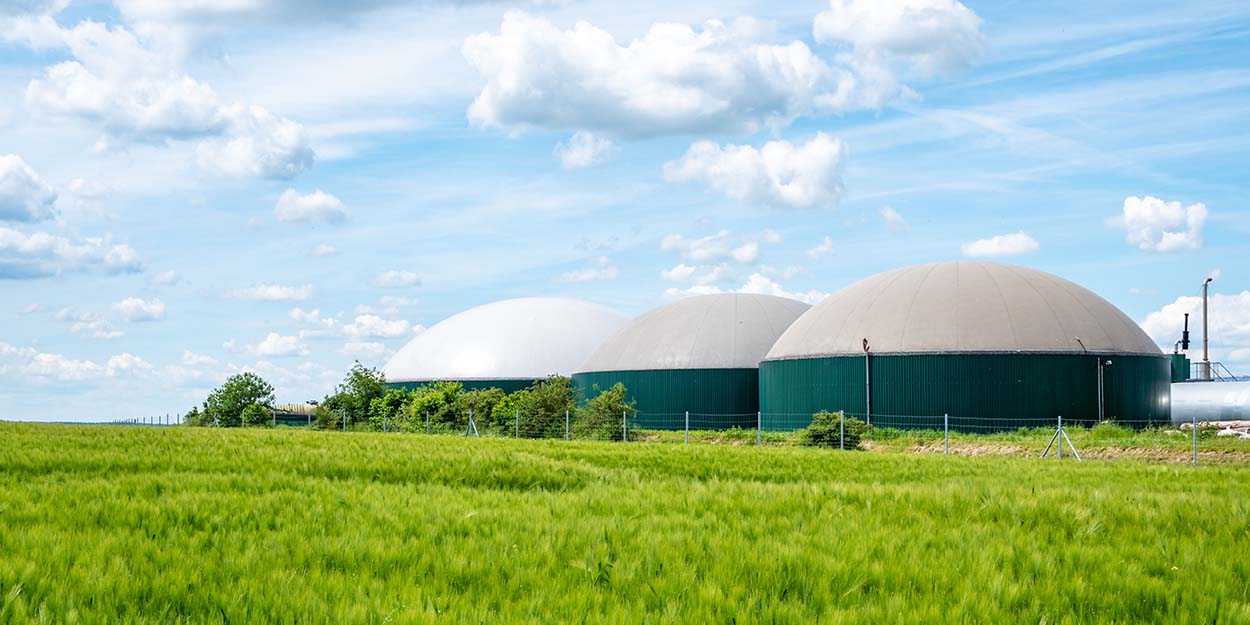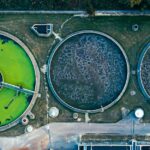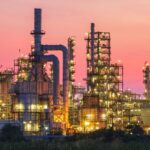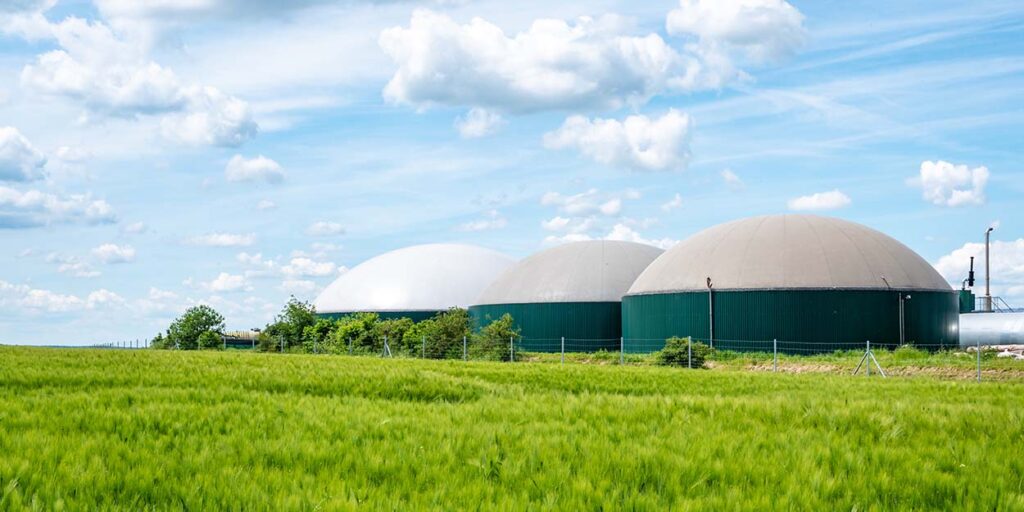Anaerobic digesters (or anaerobic mixers) are a versatile wastewater treatment technology that sees wide use in agricultural, municipal, and other applications. Bacteria break down incoming waste in the absence of oxygen, a process that produces biogas (a mixture of methane and carbon dioxide) and digestate (a nutrient-rich fertilizer). Because anaerobic digestion relies on sensitive bacteria, significant design consideration must be dedicated to keeping process parameters just right.
Agitation Improves Anaerobic Digestion on Multiple Fronts
Anaerobic digesters rely on a delicate balance of pH and temperature to operate effectively. The most widely used designs are continuously stirred tank reactors (CSTRs), with the assumption that these parameters will be uniform throughout the tank. A CSTR operates on the principle that incoming feedstocks are rapidly homogenized with the contents of the tank, and it takes effective agitation to realize that principle.
Feedstocks can rapidly shift the delicate balance as they come into the system. The anaerobic digester operates at an elevated pH, and incoming feeds can significantly lower pH in parts of the tank. This is also true for temperature, and both changes can harm the bacteria and reduce efficiency. Agitation must should powerful pumping in order to prevent dead zones and ensure that the tank is quickly and thoroughly homogenized.
Without mixing, the contents of the anaerobic digester will consequently form four distinct layers.
- Floating scum
- Liquid supernatant
- Actively digesting sludge
- Digested solids
There is only active digestion in a fraction of the tank’s volume in unmixed anaerobic digesters. Effective agitation can extend this active area to be nearly the entirety of the tank, with minor scum and solids layers still expected to form. Ineffective mixing will allow for more severe stratification to start taking place.
The larger active area that effective agitation offers provides numerous benefits. The anaerobic digester will have a reduced retention time, so the tank volume required for any specific flowrate will be smaller. This increases the rate of both biogas and digestate production, both of which are valuable products. Agitation can reduce capital and operating costs and increase revenues for processes that include anaerobic digestion.
Dynamix Delivers Better Agitation for Anaerobic Digesters
Dynamix can take your process conditions and provide the optimal agitator configuration to meet your unique needs. For anaerobic digesters, the challenge is control of surface motion. Our approach to high torque pumping control combined with CFD Modeling can optimize this mixing with substantial energy control over several less efficient options such as submersible, jet or other mixing.
The total mixing control provided by Dynamix solutions makes it possible to use top entry mixers in this application. In turn, this design capability can often improve efficiency over side entry mixers by a factor of 10 or more. Mixing control is a critical consideration in avoiding air entrainment when using a top entry mixer. Dynamix makes it possible to achieve the mixing control needed in order to implement top entry mixing for anaerobic digesters.
Dynamix can provide a wide range of agitation solutions customized to meet the unique demands of your anaerobic digestion application. Anaerobic digesters vary widely in scale, and we have industrial agitator lines to suit tanks of any size. You can contact Dynamix today to find out what we can do for you.





